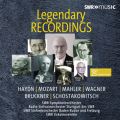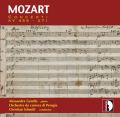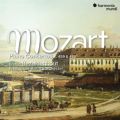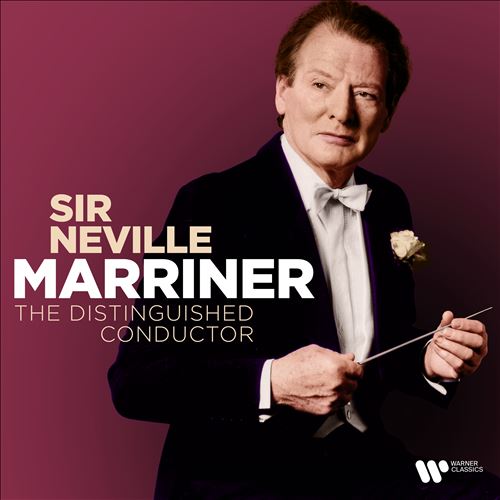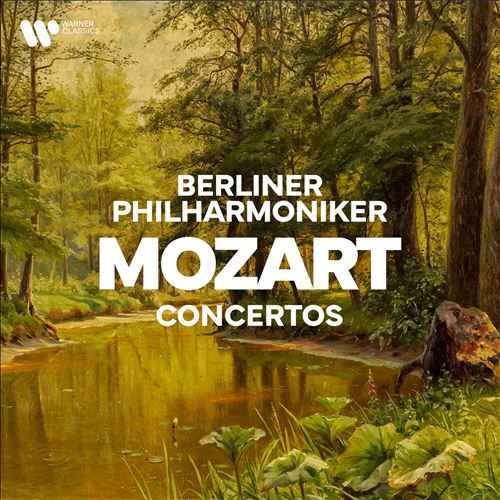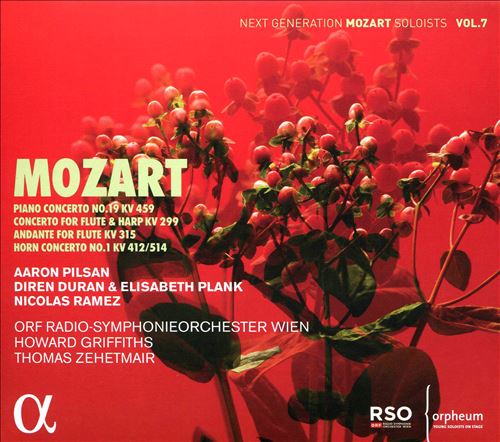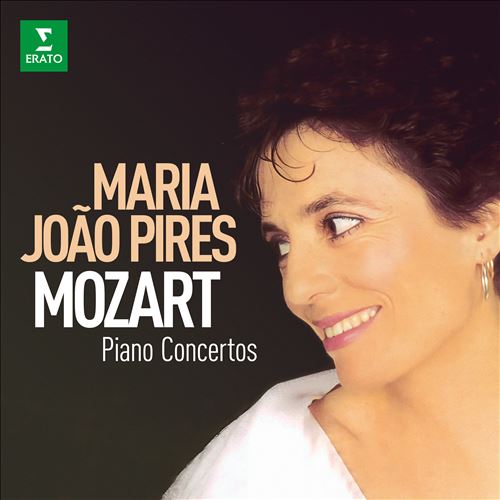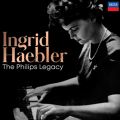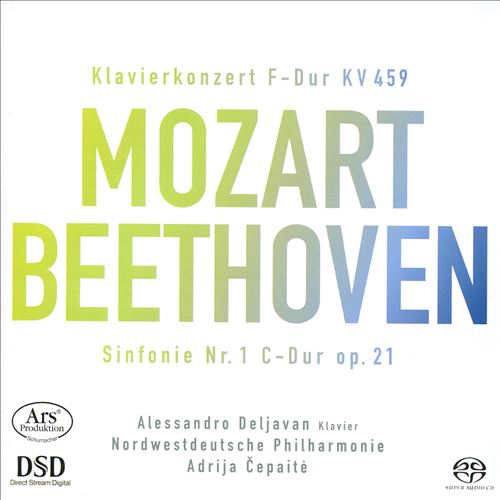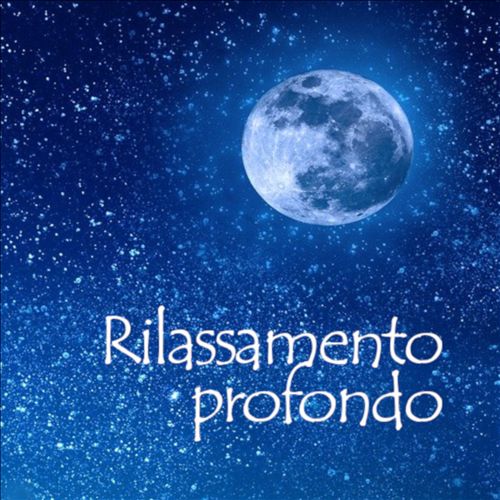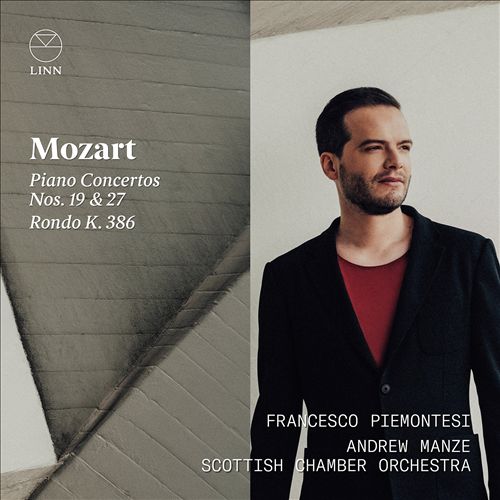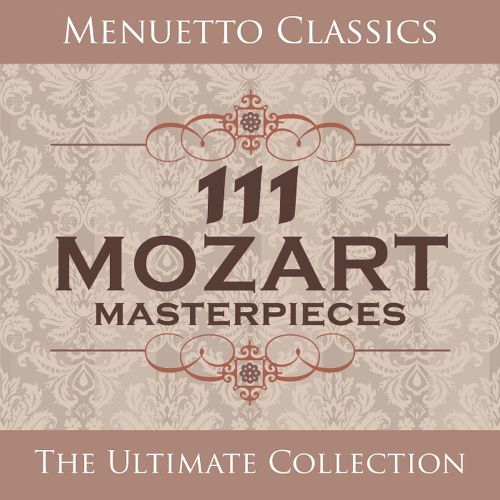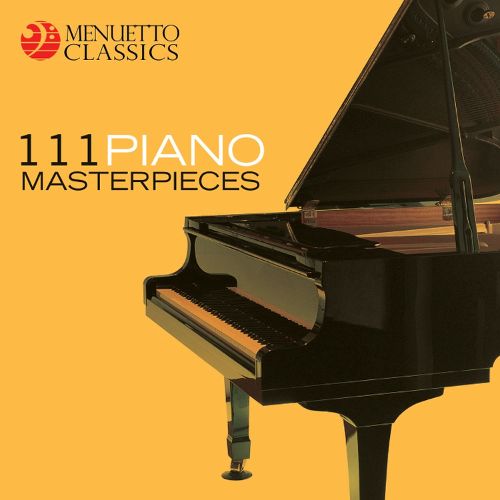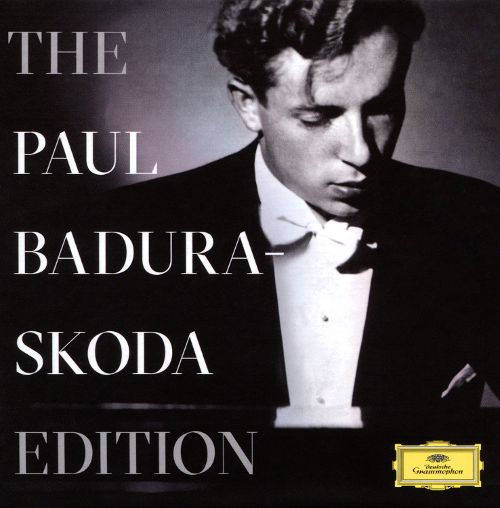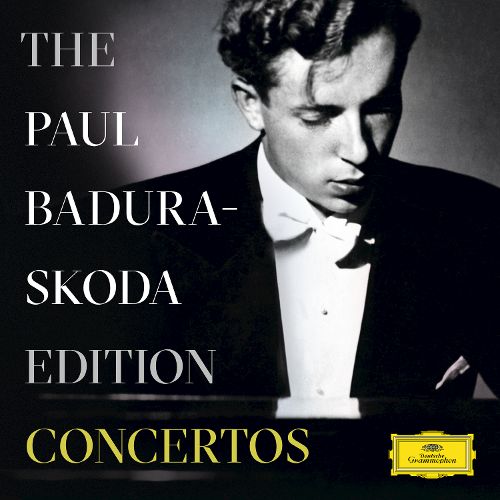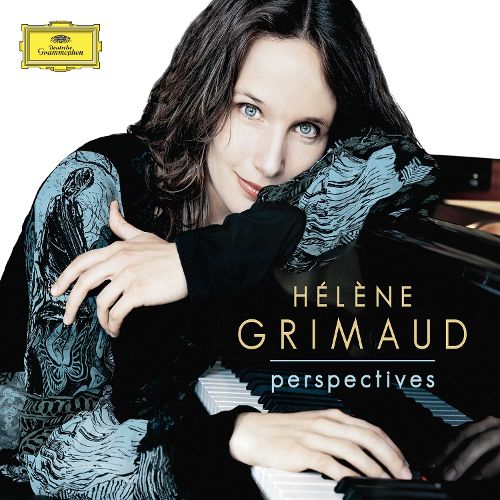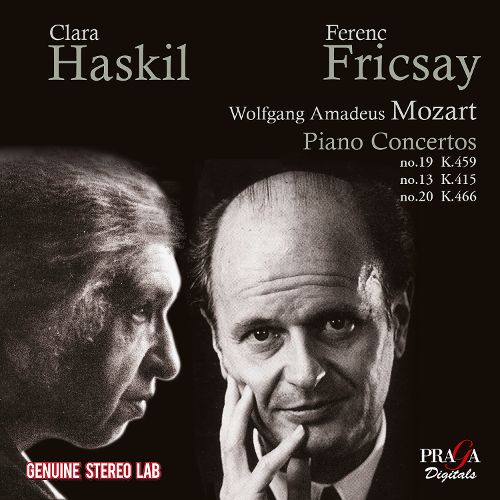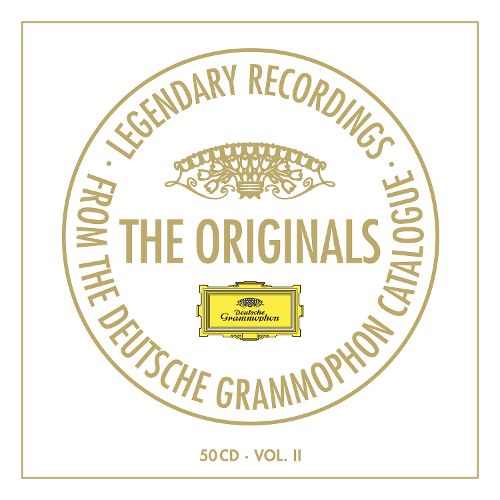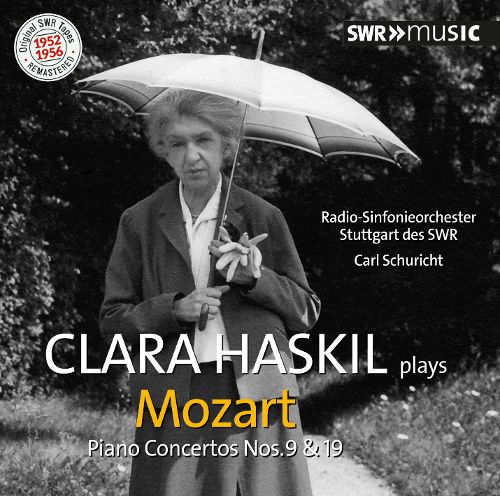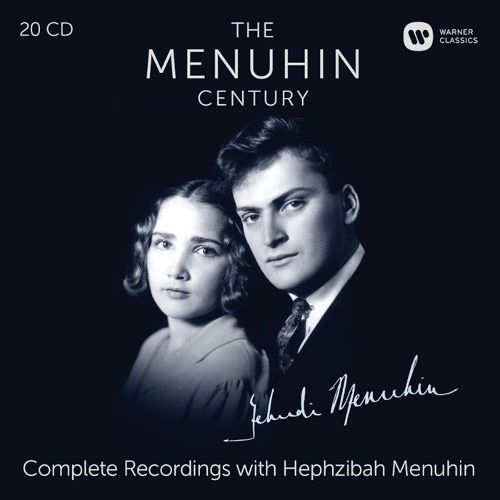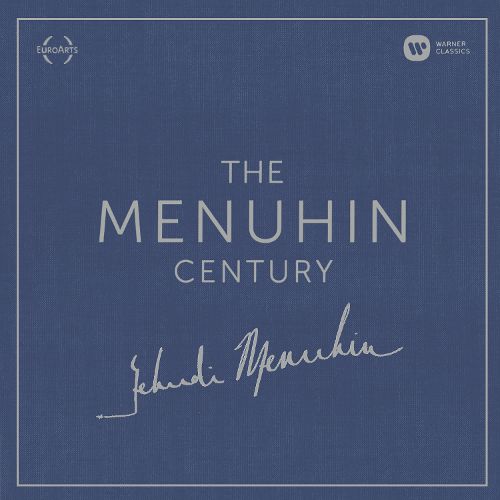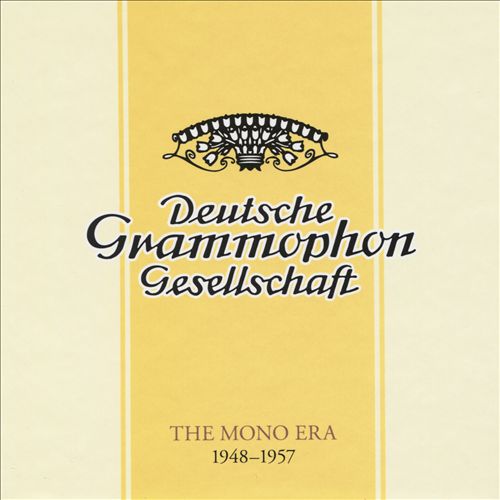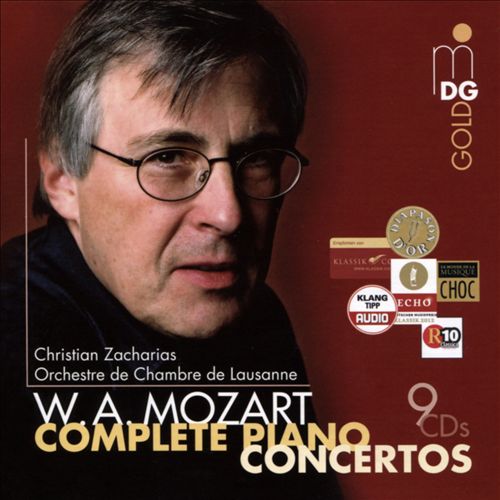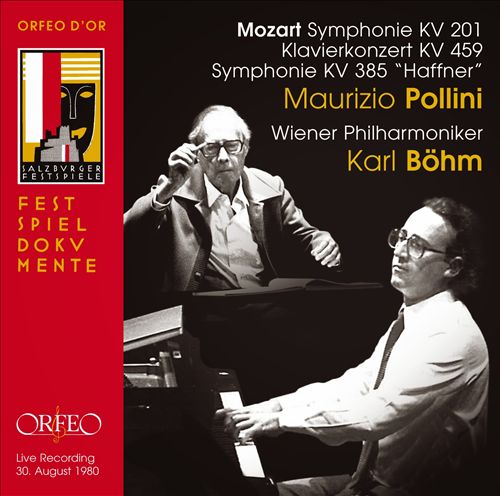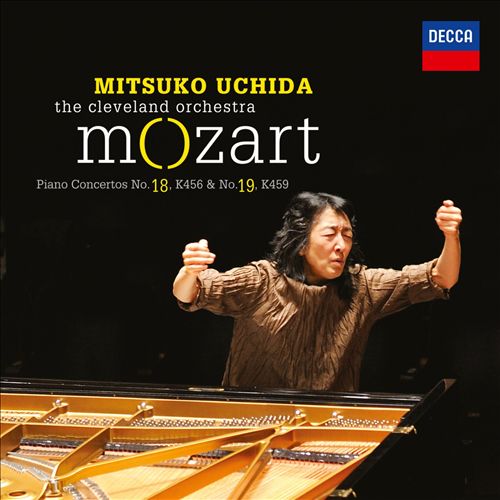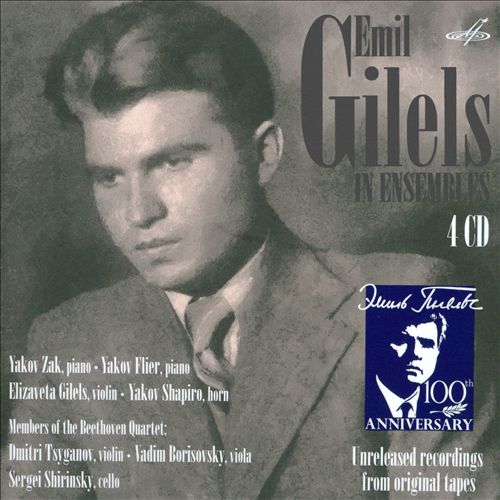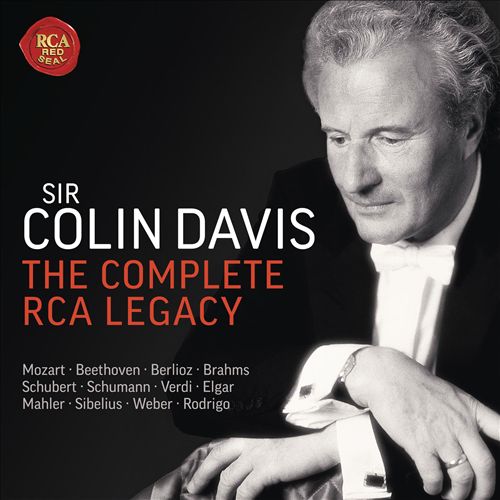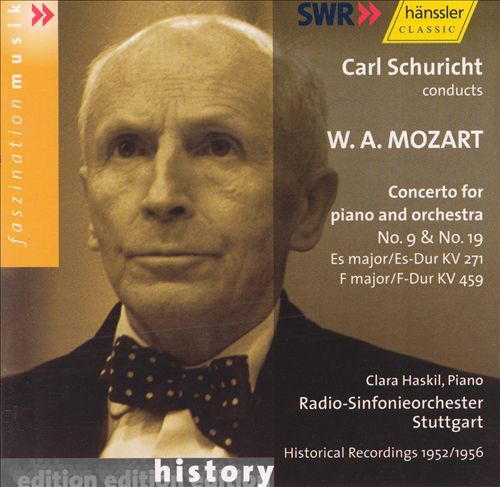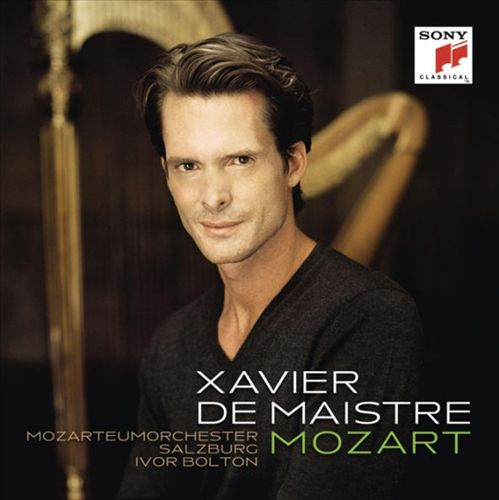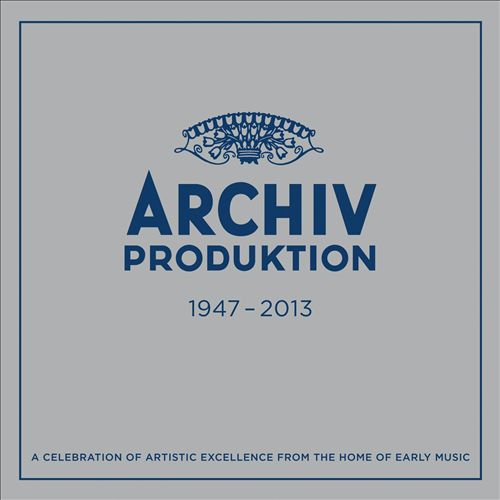Wolfgang Amadeus Mozart (볼프강 아마데우스 모차르트)
Piano Concerto No. 19 in F major, K. 459
100
10,000
1,400
WORK INFO
작곡가: Wolfgang Amadeus Mozart (볼프강 아마데우스 모차르트)작곡년도: 1784평균연주: 27:26악장1Allegro vivace12:092Allegretto7:323Allegro assai7:43The Piano Concerto No. 19 in F major, KV 459 by Wolfgang Amadeus Mozart was written at the end of 1784: Mozart's own catalogue of works records that it was completed on 11 December (works surrounding it in the Köchel catalogue are KV 458, the "Hunt" quartet and KV 464, the fifth of the Haydn set). It is occasionally known as the "second coronation concerto" on account of Mozart playing it on the occasion of the coronation of Leopold II in Frankfurt am Main in October 1790. The autograph is held by the Jagiellońska Library, Kraków. The first edition was produced by Johann Andre of Offenbach in 1794, and Breitkopf & Härtel produced an edition in 1800. Like most of Mozart's concertos it is in three movements:The concerto was written for Mozart to perform himself: Hutchings calls it "athletic", combining grace with vigour. It is scored for flute, two oboes, two bassoons, two horns, and strings.
- Allegro 4/4
- Allegretto 6/8, in C major
- Allegro assai 2/4
The orchestra opens quietly with a prelude of 71 bars (Hutchings incorrectly states 72), wherein six orchestral themes are exposed (A-F in Hutchings' notation; see main article on Mozart Piano Concertos for a discussion of this notation), of which the first, rhythmical and with a military ambiance, becomes increasingly important as the movement progresses; indeed, its insistent rhythm dominates the entire movement. The piano then answers with its own exposition of 116 bars, starting with A and B, then introducing some new material (themes x and y), with free passages of arpeggios and scales: the scheme is ABxAyA Free D Free. The orchestra then returns on its own with its short first ritornello (22 bars) that introduces another theme, G: the scheme is AGAG. In the ensuing middle section (35 bars) yet another orchestral theme is introduced, H: the scheme is HAHAHA. This is followed by a long recapitulation, also of 116 bars, where, as is typical of his concertos, Mozart rapidly departs from a simple repetition of the previous material: the scheme is ABAyADA Free. Finally, the movement is brought to a close with the final ritornello (36 bars): AGA Cadenza (Mozart's own exists) EF - hence the two closing themes of the prelude are finally heard again at the end.From WIKIPEDIA
RELEASED ALBUMS
-
Legendary RecordingsJune 13, 2025
-
Mozart: Concerti KV 459, 271February 7, 2025
-
Mozart: Piano Concertos K. 459 & 488November 15, 2024
-
The Distinguished ConductorApril 15, 2024
-
Mozart: ConcertosApril 5, 2024
-
Mozart: Piano Concerto No. 19, KV 459; Concerto for Flute & Harp KV 299; Andante for Flute KV 315; Horn Concerto No. 1 KV 412/514December 1, 2023
-
Mozart: Piano ConcertosSeptember 22, 2023
-
Ingrid Haebler: The Philips LegacyNovember 11, 2022
-
Mozart: Klavierkonzert F-Dur KV 459; Beethoven: Sinfonie nr. 1 C-Dur Op. 21July 16, 2021
-
Rilassamento ProfondoJanuary 29, 2021
-
Mozart: Piano Concertos Nos. 19 & 27; Rondo K. 386August 28, 2020
-
111 Mozart MasterpiecesMay 11, 2018
-
111 Piano MasterpiecesMay 11, 2018
-
The Paul Badura-Skoda EditionOctober 20, 2017
-
The Paul Badura-Skoda Edtion: ConcertosSeptember 29, 2017
-
PerspectivesApril 7, 2017
-
Mozart: Piano Concertos No. 19 K.459, No. 13 K.415, No. 20 K.466January 20, 2017
-
The Originals, Vol. 2September 9, 2016
-
Clara Haskil plays Mozart Piano Concertos Nos. 9 & 19May 13, 2016
-
The Menuhin Century: The Complete Recordings with Hephzibah MenuhinApril 22, 2016
-
The Menuhin CenturyApril 22, 2016
-
Deutsche Grammophon: The Mono Era 1948-1957March 18, 2016
-
Mozart: Complete Piano ConcertosDecember 4, 2015
-
Mozart: Symphonie KV 201; Klavierkonzert KV 459; Symphony KV 385 "Haffner"November 11, 2014
-
Mozart: Piano Concertos 18, K456 & 19, K459August 19, 2014
-
Emil Gilels in EnsemblesMarch 31, 2014
-
Sir Colin Davis: The Complete RCA LegacyFebruary 24, 2014
-
Mozart: Piano Concertos Nos. 9 & 19November 19, 2013
-
MozartJuly 15, 2013
-
Archiv Produktion 1947-2013: A Celebration of Artistic Excellence From the Home of Early MusicApril 8, 2013
FEATURED MOVIES
-
 12:55모차르트: 피아노 협주곡 19번 F장조 K. 459 1. Allegro vivace
12:55모차르트: 피아노 협주곡 19번 F장조 K. 459 1. Allegro vivace -
 29:34모차르트: 피아노 협주곡 19번 F장조 K. 459
29:34모차르트: 피아노 협주곡 19번 F장조 K. 459 -
 29:21모차르트: 피아노 협주곡 19번 F장조 K. 459
29:21모차르트: 피아노 협주곡 19번 F장조 K. 459 -
 29:00모차르트: 피아노 협주곡 19번 F장조 K. 459
29:00모차르트: 피아노 협주곡 19번 F장조 K. 459 -
 13:15모차르트: 피아노 협주곡 19번 F장조 K. 459 1. Allegro vivace
13:15모차르트: 피아노 협주곡 19번 F장조 K. 459 1. Allegro vivace -
 07:59모차르트: 피아노 협주곡 19번 F장조 K. 459 3. Allegro assai
07:59모차르트: 피아노 협주곡 19번 F장조 K. 459 3. Allegro assai -
 08:28모차르트: 피아노 협주곡 19번 F장조 K. 459 2. Allegretto
08:28모차르트: 피아노 협주곡 19번 F장조 K. 459 2. Allegretto -
 13:07모차르트: 피아노 협주곡 19번 F장조 K. 459 1. Allegro vivace1996
13:07모차르트: 피아노 협주곡 19번 F장조 K. 459 1. Allegro vivace1996
ALBUM MUSIC
WORKS SHOUTS


